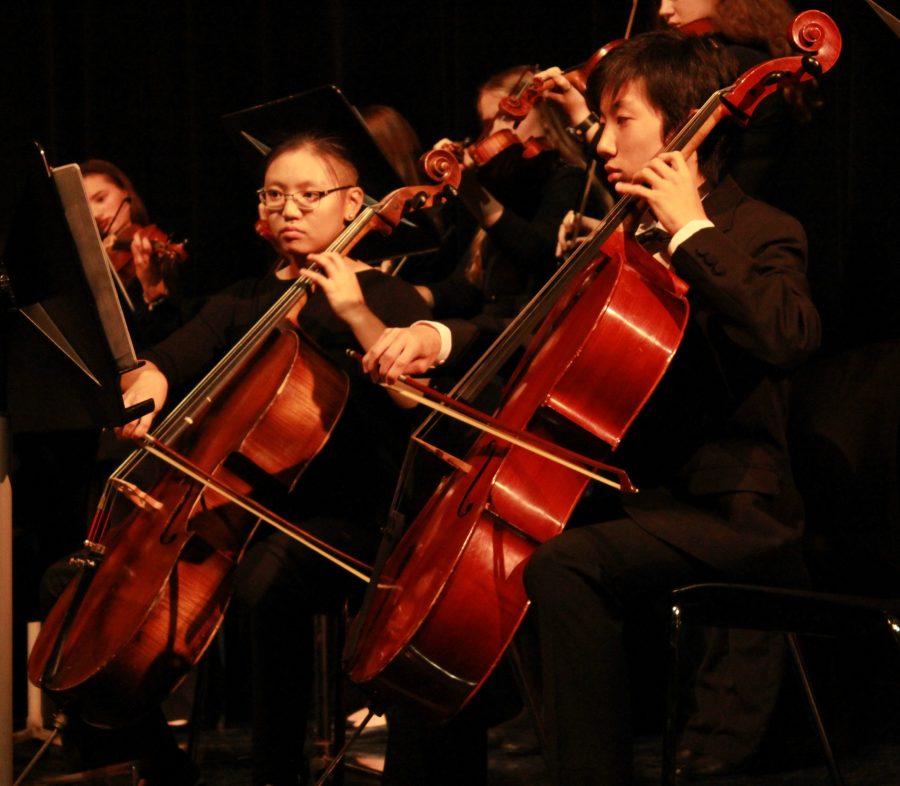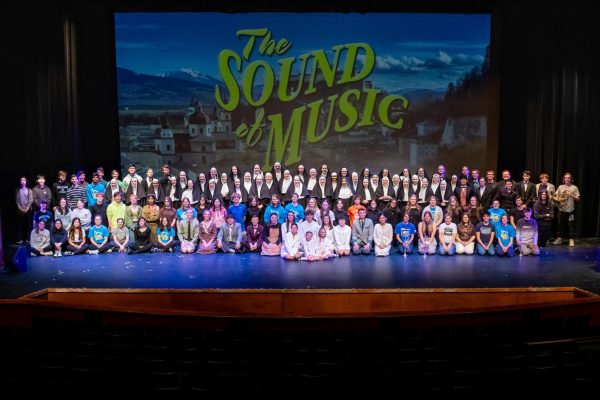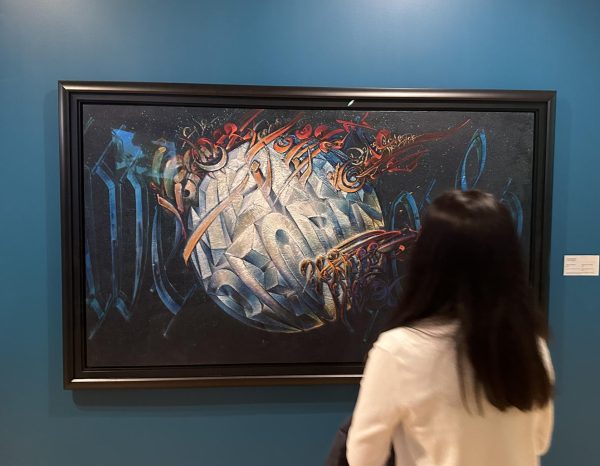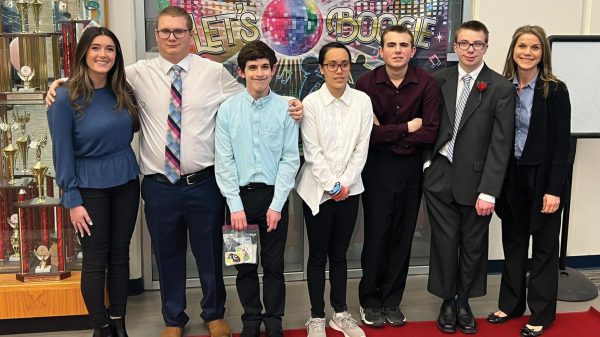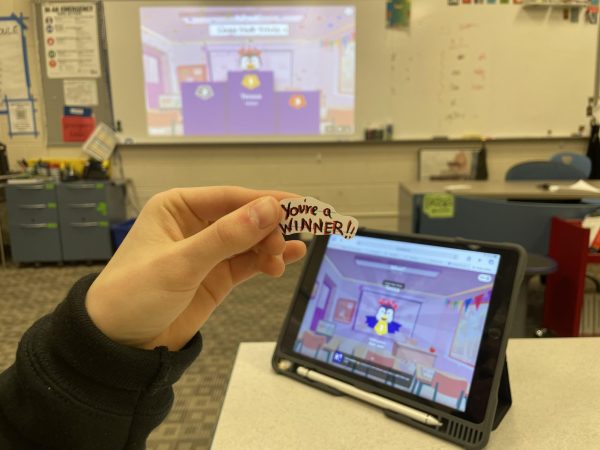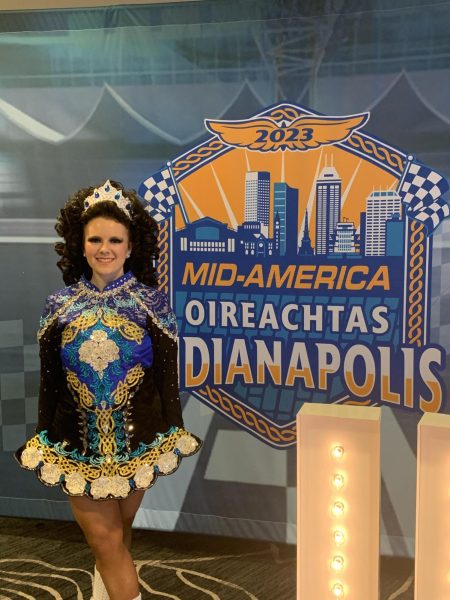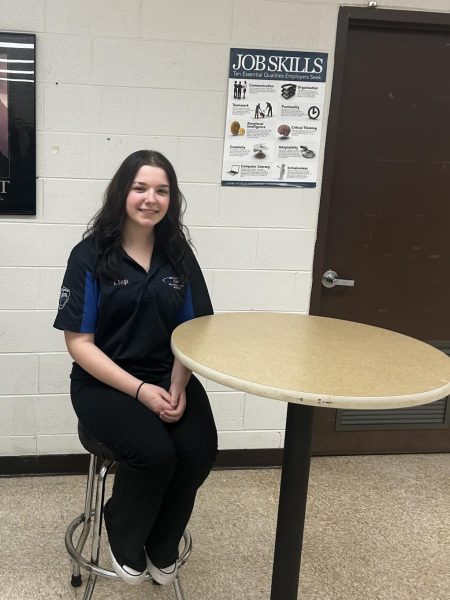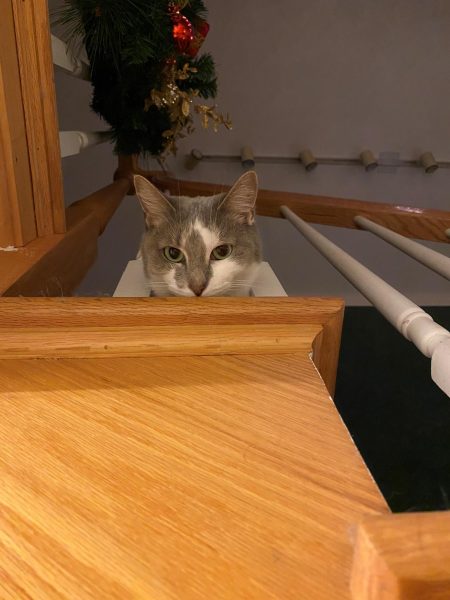Fresh style, short program bring welcomed changes to the orchestra program
At promptly 7 pm on Wednesday night, stringed music echoed throughout the PAC for the first time this year; and for the first time ever under conductor Nathan Sackschewsky, LZHS’ new orchestra director.
“I think he did really well. It’s always difficult transitioning to a new musical group, especially when you’re used to having kids for an hour and a half rather than forty five minutes everyday,” Alex Li, senior violinist, said. “He did a very good job of getting down to business and adapting to a new role here.”
Sackschewsky chose to have the orchestras perform a few longer pieces rather than the past practice of many short pieces. Though this selection of music varies greatly from previous years’ performances, the change has been embraced throughout the program according to Gabby Dudek, sophomore concert master of the Symphony Orchestra.
“[Only performing one piece] has been very new, but it allowed us to focus more and master the piece rather than spread ourselves out over several different pieces,” Dudek said. “It is still the beginning of the year, so we are continuing to get used to the new style, but I think we’re definitely on the path to make more improvements.”
The concert featured two canons composed by Mozart, “Andante Festivo” by Jean Sibellus, and “Russian Sailor’s Dance” by Reinhold Gliere performed by the Concert Orchestra, “Bittersweet Symphony” by Jagger, Richards, and Ashcroft performed by Chamber Strings, and finally “Symphony No. 6 ‘Spirituelle’ Op. 38” by Asher Hamerik performed by the Symphony Orchestra. While Li says the symphony “had a slightly rough start”, he agrees that the concert was a good foundation to begin the year on, and he has already noticed several improvements under Sackschewsky.
“We mixed up the sections so that first and second violins were on opposite sides of the orchestra, and then put cello and viola in the middle to change up the sound. We also have been focusing on playing as an ensemble and scales,” Li said. “I definitely liked the music that we played. Normally we play more pieces rather than just one extended piece, but it was really nice to see the relation between themes rather than transitioning a lot throughout the concert. I’m looking forward to seeing what we play for the rest of the year.”
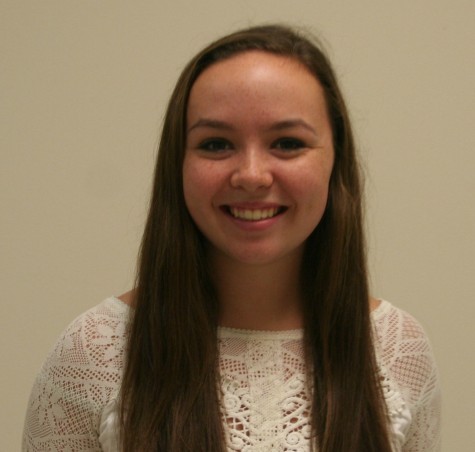
Madison is on both the basketball and soccer teams, and she spends most of her summer working as a camp counselor in Wisconsin. She has been a staff member...

